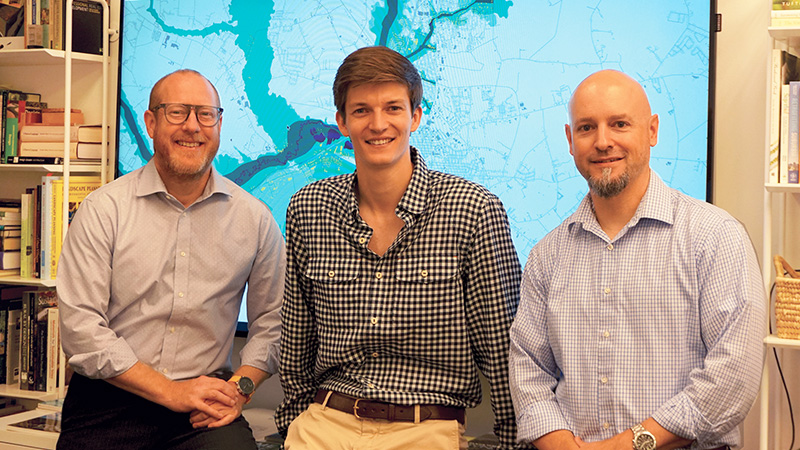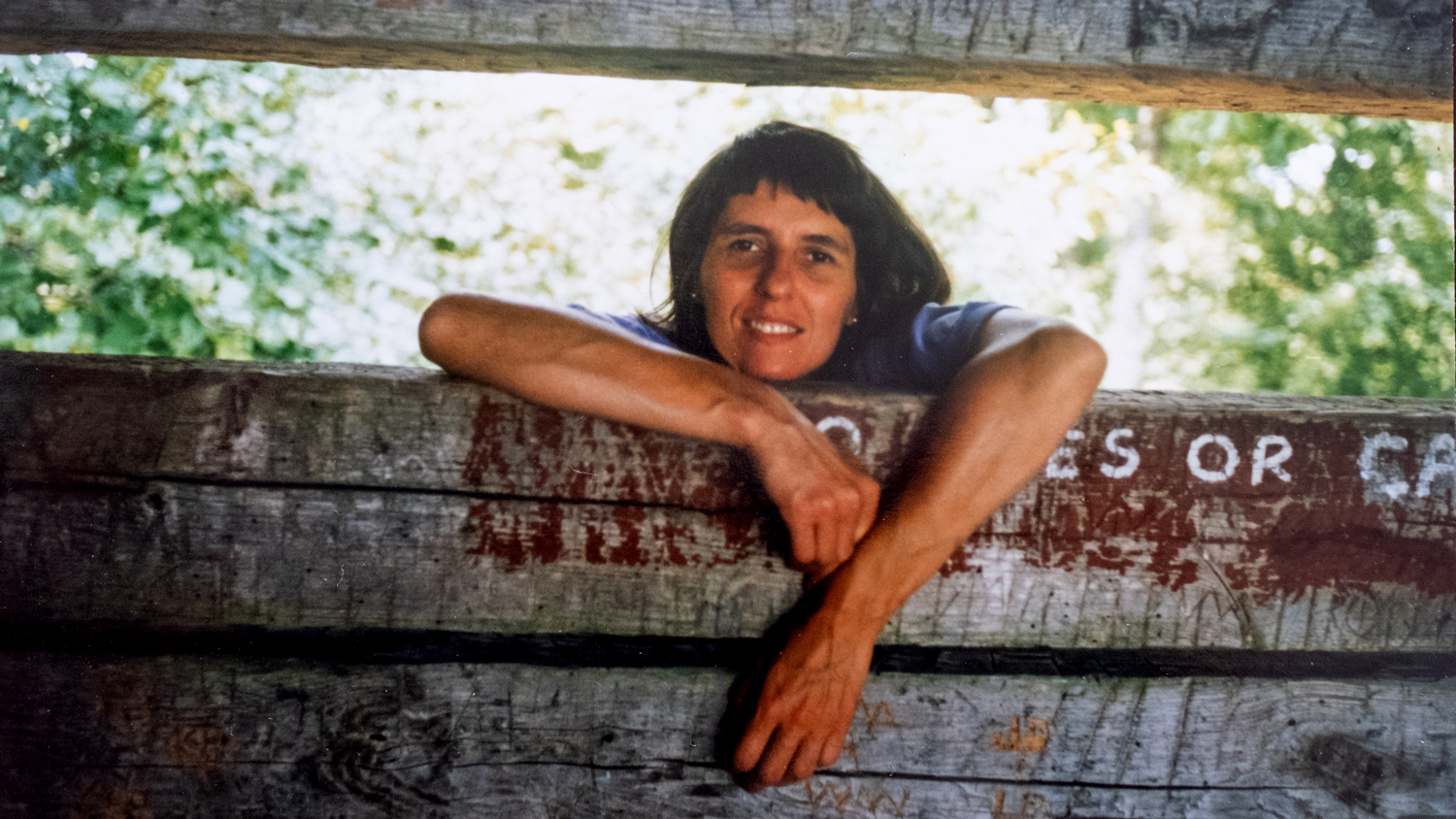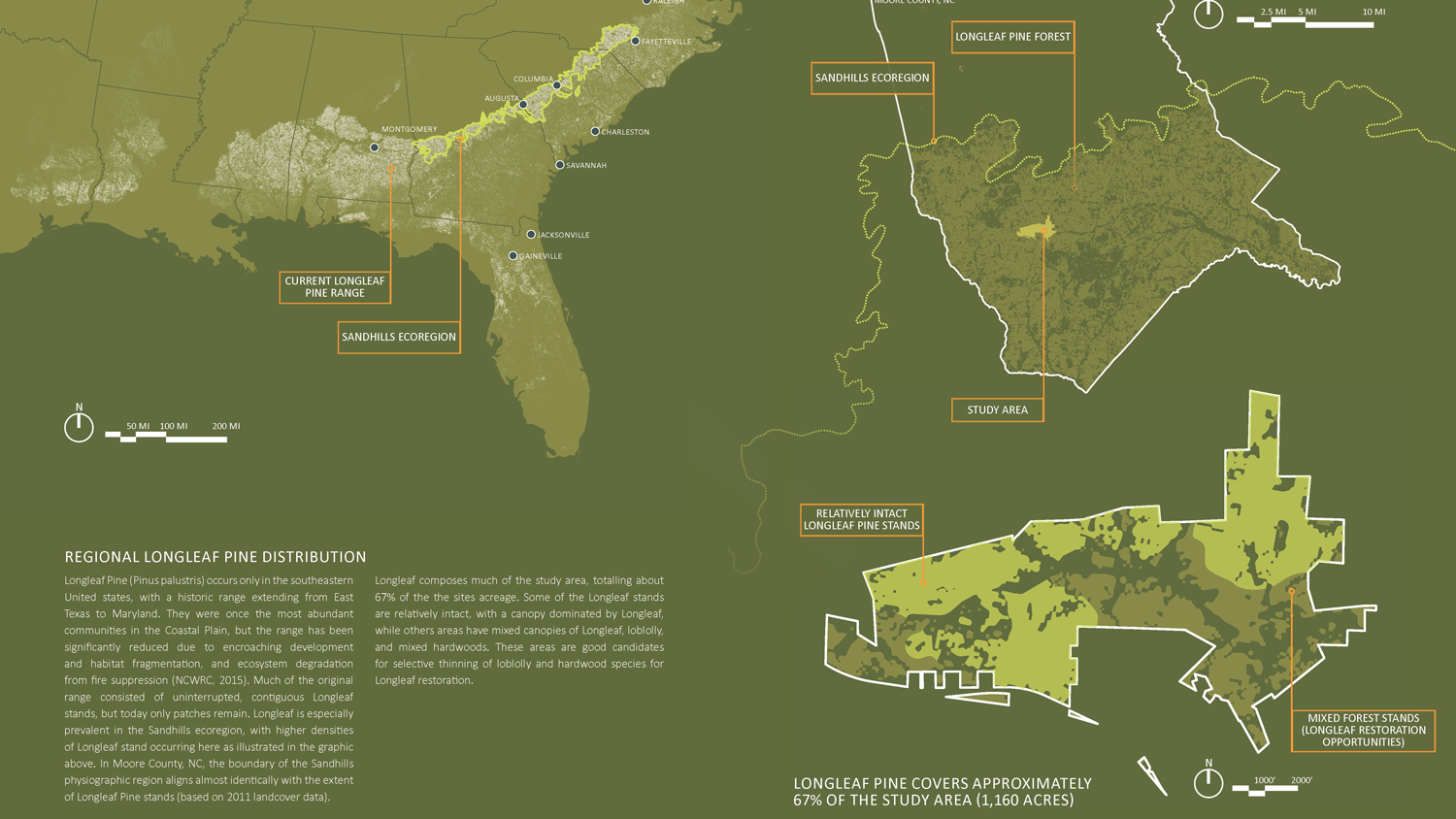Design Amidst Chaos

Wednesday, September 12, 2018.
As Hurricane Florence makes its final approach to the Carolina coast, one can almost feel the tension building for everybody watching their television screens across the region. All of us thinking “please, not us (but not our neighbors either).”
Hurricane Matthew is too recent a memory to really understand what life is about to be like for some of our communities getting hit for the second time in just a couple years. Not in any of our lifetimes has a one-two punch hit in such close proximity. To some, this would be like Mike Tyson firing a jab across the chin in 2016, only to be followed in 2018 via uppercut straight to the gut.
Friday, September 14, 2018.
Florence has now made landfall near Wrightsville Beach, North Carolina. I’m afraid this is just the beginning and the worst is yet to come. The long, slow grind of the hurricane’s projected path is going to be a test of our state’s collective patience, as Governor Cooper has now said over the airwaves multiple times. However, for some that live in these communities, there is no more time for being patient. The aftermath of Florence, coupled with the devastation caused by Matthew, may very well be the last straw.
It is conceivable to think that these unfolding events will lead some to just want a clean slate. Heck, even just the thought of Florence might be enough to bring on the notion of an exodus in some communities. Can you blame them? We all saw, and are still seeing the snail’s pace of tangible recovery efforts that have been ongoing since 2016. It might make sense for some to just pack up the salvageable relics of their lives and move to higher ground. Conversely, if we have learned anything through the years at the CDDL, it is that people, probably more than many realize, will choose to return. Many will actually seek out the opposite of a clean slate—they will attempt to re-root, re-build, and try to re-find something, anything, resembling stability from the places that formed them—the places they call home.

Tuesday, September 18, 2018.
Much of the hurricane has passed but the rivers continue to rise across the state. As a designer and researcher with a focus on these conditions, I can’t help but think about our role in disaster recovery these coming weeks, months, and years. Many of the efforts we have recently completed, and will continue to pursue at the CDDL, provide the longing sense of stability by promoting staying-in-place solutions for rehabitation. For some, this might mean elevating a home that was damaged. For others, this might require assimilation into a new part of town that they may or may not be familiar with. The complexities that adjoin these decisions are immense. Social stratification, income inequality, racial and ethnic absorption—all of the things we tend to sweep under the rug as a society come to the fore when mass relocation becomes a reality. But it is our belief that this philosophy, that of remaining within the communities we all call home, is what ultimately holds more promise as a sustainable and holistic method for recovery.
Amidst the psychosocial shock that accompanies these tough decisions are layers of dense bureaucratic language, obscure acronyms, and highly technical documents from state and federal programs that make rehabitation efforts incredibly stressful for many survivors. As a research center, we try to navigate these waters with community members in a way that is intended to be resilient and sensitive at its core. However, we are not perfect. This is a symbiotic process that we embark on with these communities. We make mistakes, we learn, and we adapt so that we can best serve those who need help the most. And ultimately, this recognition of imperfection, albeit humbling, is what grounds us as designers and continues to inform our work.
For too long, the design profession as a whole has assumed the luxury of being able to walk into a room and wave its hands in the air as the lone gatekeeper to some inner lockbox of creative intuition. To think that we have been doing the contrary would only further inflate the perceptions of self that have inadvertently landed us in this mess. Why have we developed in floodplains? Why do we build roads to places that shouldn’t inhabit people? Why do we seem to value the built over the natural? What is it about our research and analysis that has made these decisions palatable?
It would appear that the traditional way of doing business won’t suffice in these times. Brief site-visits, overly topical internet searches, and select public meetings seem to have checked the box for our own definitions of research and analysis up to this point. This cannot be the answer, so why do we keep backing ourselves into this corner? There are people and places both foreign and domestic that are struggling with the crippling realities of unprecedented change. We cannot assume that sitting on the sidelines, in our offices, working within our comfortable silos is going to get the job done.
Looking Forward.
For all of us, Hurricane Florence should be a call to action to perform our duties in nontraditional fashions—to think critically about our normative processes, and adapt them to yield non-normative results. We need to be on the ground talking to those who know things we don’t, and learning from those who wish to share. But in order to do this, above all, we all need to be brave. Brave enough to admit that we don’t always know the answers. Brave enough to seek out those who can help. And brave enough to trust those who can help so that together we can become informed agents of change.
This article was written by Travis Klondike, a Research Associate with the Coastal Dynamics Design Lab (CDDL) at NC State University. Since 2013, the CDDL has led trans-disciplinary research initiatives that seek to better understand, design for, and celebrate positive change in coastal communities across the Mid-Atlantic.


